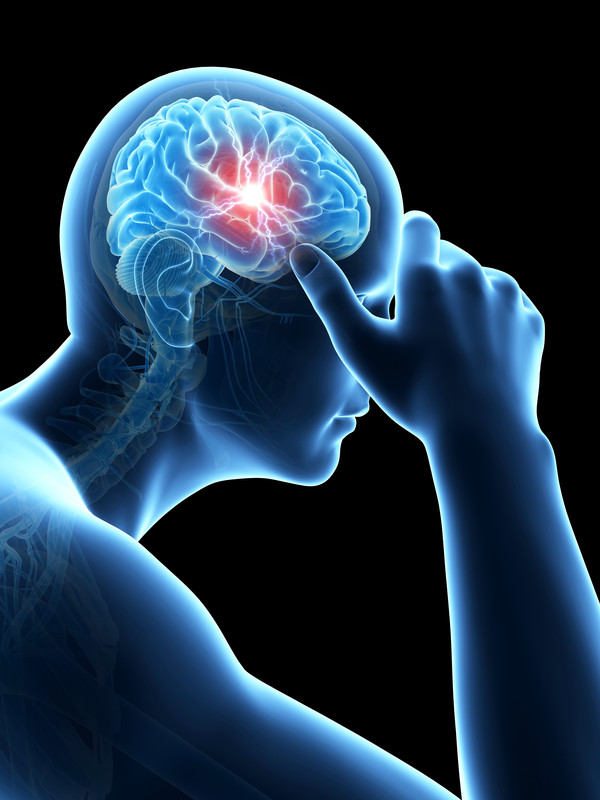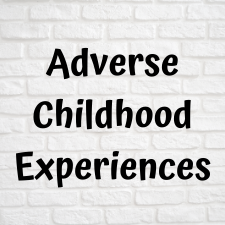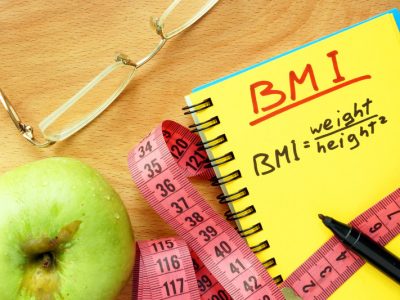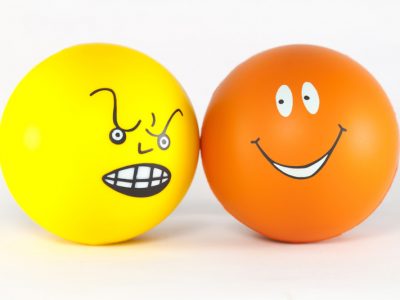
For the many people who suffer from chronic cluster headache pain, they know all too well how debilitating it can be. Considered to be a very painful headache, it’s a pain that makes it difficult to continue normal activities. The good news is that there are promising ways to help treat and prevent cluster headaches.
In the February 2018 issue of the Journal of Pain Research, scientists shared the results of a study they conducted using sphenopalatine ganglion stimulation to help reduce chronic cluster headache pain (1). The researchers note that the sphenopalatine ganglion plays an important role in the cranial symptoms associated with pain. For the stimulation to occur, a neuromodulation device was implanted into the pterygopalatine fossa, which is a small space deep within the face.
The researchers started with a pilot placebo-controlled study that involved 28 patients who experience chronic cluster headaches. Their initial study resulted in 67% of the patients getting relief from the chronic pain. Their long-term study, which lasted for 24 months, included 33 patients. The results of the long-term study confirmed what they found in the pilot study, which is that sphenopalatine ganglion stimulation can help to reduce chronic cluster headache pain.
In fact, the researchers found that 35% of the patients in their long-term study had at least a 50% reduction in the frequency of cluster headache attacks. They believe that this suggests that using the stimulation may also be a preventative measure. This brings hope for those who suffer from chronic cluster headache, knowing that there is a good chance that sphenopalatine ganglion stimulation may help them greatly reduce the pain they are experiencing.
According to the National Institutes of Health, a cluster headache is a type of headache that may involve tearing of the eyes, drooping eyelid, and a stuffy nose (2). They report that doctors don’t know why people get cluster headaches, but they may be related to the body’s sudden release of histamine or serotonin. They also report that the hypothalamus in the brain may be involved.
While cluster headaches can occur at any age, they are more common in those who are in their 20s to middle age, and they affect more men than women. They are also believed to run in families. They may be triggered by a variety of things, including alcohol, smoking, high altitudes, bright light, exertion, heat, some medications, and foods containing nitrates.
Sources:
1. Journal of Pain Research. Managing cluster headache with sphenopalatine ganglion stimulation. https://www.ncbi.nlm.nih.gov/pubmed/29497328
2. National Institutes of Health. Cluster headaches. https://medlineplus.gov/ency/article/000786.htm







